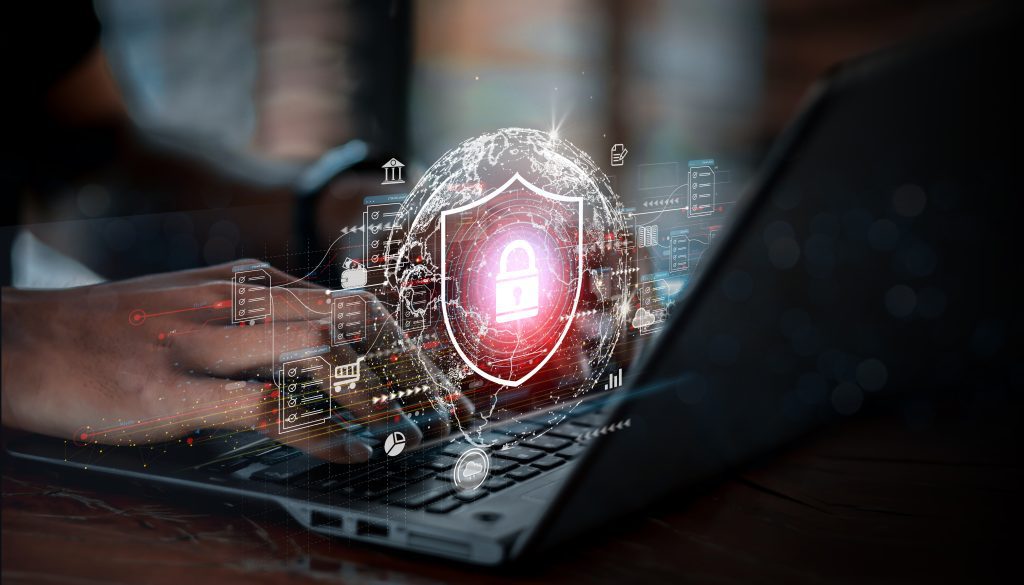Protecting Healthcare Providers from BlackCat Ransomware Attacks: A Comprehensive Guide
In an era where digital transformation is revolutionizing healthcare, the sector’s growing reliance on technology has been met with an increasing threat from cybercriminals. Recent attacks by the BlackCat ransomware group have put healthcare organizations on high alert, underscoring the critical need for robust cybersecurity measures to protect patient data and healthcare services.
What is BlackCat ransomware, and how does it operate?
BlackCat ransomware, also known as ALPHV, is a sophisticated ransomware strain that operates on a ransomware-as-a-service (RaaS) model. This means the developers of BlackCat lease out their ransomware to affiliates, who then carry out attacks on targets. BlackCat is known for its advanced features, including the ability to be deployed on both Windows and Linux systems, use of double extortion tactics (encrypting files and threatening to release stolen data unless a ransom is paid), and customizable ransom notes.
The operation typically begins with the infiltration of a target’s network through various means such as phishing emails, exploiting vulnerabilities in public-facing applications, or using previously compromised credentials. Once inside the network, the attackers move laterally to gain administrative privileges and deploy the ransomware, encrypting files across the network. They then leave a ransom note with instructions on how to pay the ransom in exchange for decryption keys and a promise not to release stolen data.
The Rising Threat of BlackCat Ransomware
BlackCat, also known as ALPHV, has emerged as a significant threat to the healthcare industry. Recent incidents involving UnitedHealth Group’s subsidiary Optum and Lehigh Valley Health Network have highlighted the group’s ability to disrupt healthcare operations and compromise patient data. With ransom demands reaching as high as $1.5 million, the financial and operational stakes for healthcare providers are immense.
The implications of these attacks extend far beyond financial loss. They disrupt patient care services, compromise the confidentiality and integrity of sensitive health data, and erode public trust in healthcare systems. As BlackCat and similar groups continue to evolve their tactics, the healthcare sector must prioritize cybersecurity to defend against these malicious threats.
Is your organization safe?Schedule your free technology & cybersecurity assessment
10 Cybersecurity Strategies for Healthcare Providers
To mitigate the risk of ransomware attacks and enhance overall cybersecurity posture, healthcare organizations should adopt a multi-layered approach. The following strategies are essential components of a robust defense:
-
Employee Training and Awareness
-
Empower staff with the knowledge to recognize and avoid phishing scams and other cyber threats through regular training and awareness programs.
-
-
Access Controls and User Authentication
-
Implement strict access controls and multi-factor authentication to ensure that sensitive data and systems are accessible only to authorized personnel.
-
-
Up-to-Date Systems and Patch Management
-
Maintain all systems with the latest security patches to protect against vulnerabilities that could be exploited by attackers.
-
-
Network Security
-
Deploy advanced network security tools, including firewalls and intrusion detection systems, to monitor and protect against unauthorized access.
-
-
Endpoint Protection
-
Secure all endpoints with antivirus and anti-malware solutions to detect and eliminate threats.
-
-
Data Encryption
-
Encrypt sensitive data at rest and in transit to safeguard patient information, even in the event of a data breach.
-
-
Regular Backups
-
Ensure critical data is backed up regularly and securely stored off-site, enabling quick recovery without succumbing to ransom demands.
-
-
Incident Response Plan
-
Prepare and regularly update an incident response plan detailing steps for containment, eradication, recovery, and communication in the event of an attack.
-
-
Vulnerability Assessments and Penetration Testing
-
Regularly assess the security of your systems through vulnerability assessments and penetration testing to identify and remediate potential weaknesses.
-
-
Collaboration and Threat Intelligence Sharing
-
Engage in healthcare and cybersecurity communities to share and receive updates on the latest threats and defense strategies.
-
Our Conclusion
The threat posed by BlackCat ransomware to the healthcare sector is a stark reminder of the importance of cybersecurity in protecting patient data and healthcare services. By implementing a comprehensive and proactive cybersecurity strategy, healthcare organizations can significantly reduce their vulnerability to ransomware attacks and ensure the continuity and integrity of their critical operations. As cyber threats continue to evolve, so too must the defenses of the healthcare sector, requiring ongoing vigilance, investment, and collaboration to safeguard against these digital threats.









